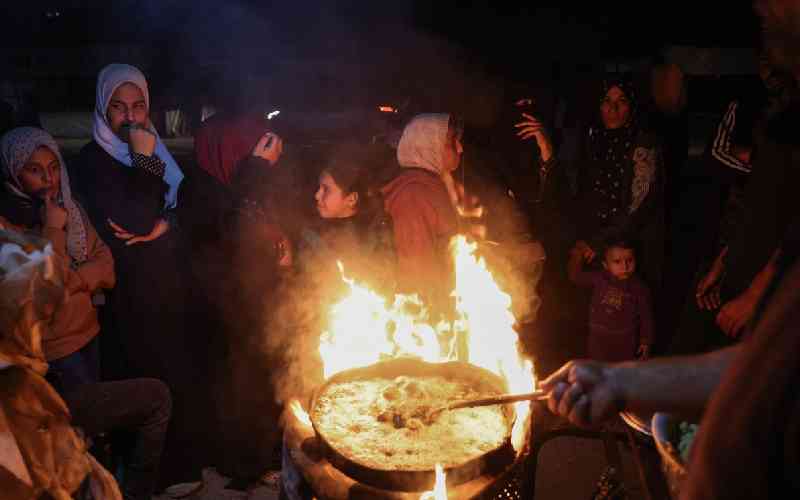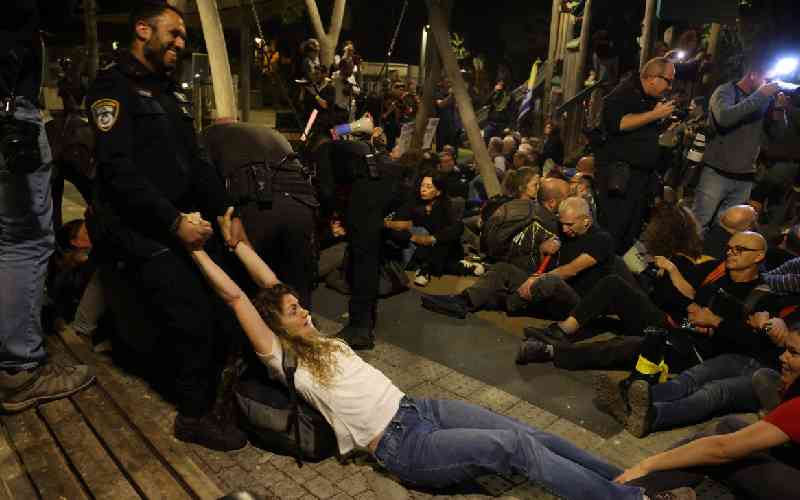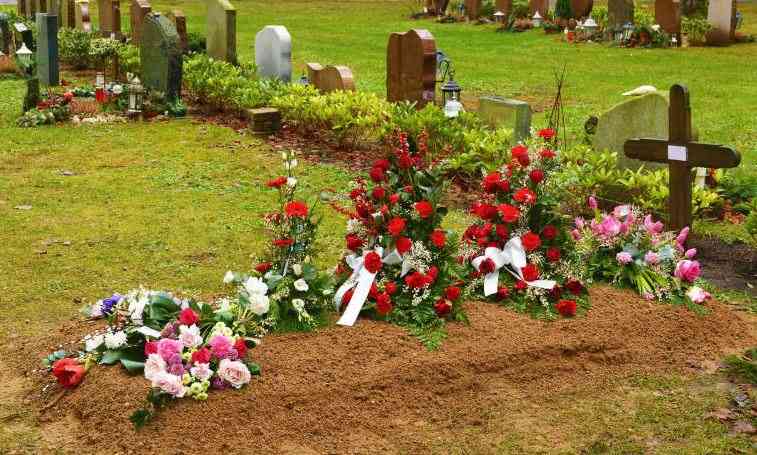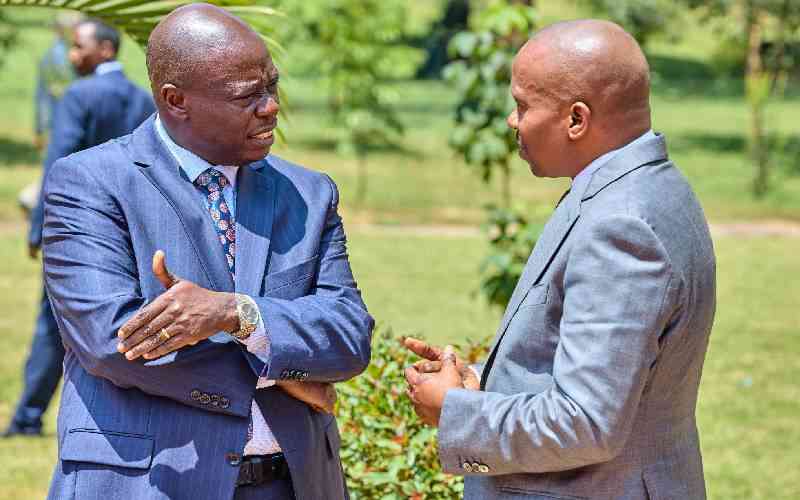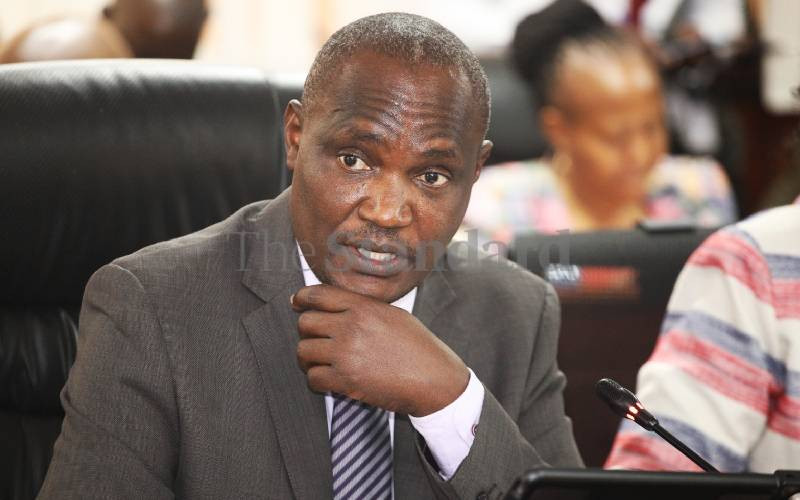When the local community is not consulted, donor cash could go to waste, writes JOHN OYUKE
In recent years, community participation has become a critical element among donors, governments and non Governmental Organisations (NGOs) when it comes to project planning and implementation.
The most prominent monument to what happens when local communities are ignored in important decision-making processes is the empty fish-processing plant at Kalokol village on the shores of Lake Turkana.
Despite living near one of Africa’s biggest lakes, the Turkana people traditionally don’t fish and like other Nilotic peoples in the Horn of Africa, as they are semi-nomadic pastoralists who live off milk, blood and meat of their herds.
Government fisheries officers believe it is failure to appreciate such habits that was one reason the Kalokol project failed.
"It was the old top-bottom approach," Cheanati Wasike, a fisheries officer said, adding that, "The lake was identified by outsiders as a resource but they never consulted Turkana people, never asked them what they thought of fishing it."
Wasike told Reuters in a past interview that the factory was powered by generators, adding that the costs were more than returns.
The region proved to be just too far from the end consumer for a product that perishes fast and an expensive cold chain.
Another challenge would be to bring in outsiders with fishing expertise. Inviting experienced fishermen from other regions to start businesses could spark conflict in an already volatile region, where nomadic tribes often clash
The Norwegian government had seen a golden opportunity in the huge but virtually unused lake teeming with fish in their attempt to develop one of country’s poorest regions.
It built a fish-freezing plant and set about teaching Turkana’s largely pastoral communities how to exploit the lake’s fish stocks to bring hard cash into the poverty-stricken region.
"Norway felt this is a district that has been neglected by the state," Pippi Soegaard, an official of the Norwegian development agency in Kenya at the time, told Reuters.
Despite their good intentions, however, their implementation strategies that ignored the fact that Turkana are nomads with no history of fishing or eating fish, among other factors, like the cost of operating the freezers.
The factory, built with Norwegian development aid in the 1980s operated for a few days, but was quickly shut down.
To date it remains a ‘white elephant’ except for few dried fish sometimes stored here by few local fishermen.
Stay informed. Subscribe to our newsletter
Yet it is not the failure to appreciate the cultural inhibitions of Turkana, a Nilotic people native to the Turkana District in northwest Kenya, that often spell failure for much of development work, leading to the waste of large amounts of foreign aid that are channeled into development programs each year.
Africa is littered with such failed projects, a reminder of what happens when local communities are not involved in the key decision-making stages of development work, leading to the waste of large amounts of foreign aid that are channelled into development programs each year.
According to the World Bank’s lending arm, the International Finance Corporation (IFC), only half of its Africa projects succeed basically for lack of non-involvement of beneficiary communities in development projects.
In addition to the Lake Turkana fish processing plant, other recorded development projects in Africa that have gone wrong include the World Bank’s $4.2 billion Chad-Cameroon oil pipeline to the Atlantic Ocean, the biggest development project in the continent when it was completed in 2003.
The Chad-Cameroon oil pipeline as funded on condition that the money be spent with international supervision to develop Chad.
However, President Idris Deby’s government announced in 2005 that oil money would go towards the general budget and the purchase of weapons, or else oil companies would be expelled.
Another one was the World Bank, European Investment Bank, African Development Bank funded US$3.5 billion Lesotho Highlands water project to divert fresh water from the mountains for sale to South Africa and for electricity began in 1986.
But the electricity proved too expensive for most people, and the diversion of so much water caused environmental and economic havoc downstream.
 The Standard Group Plc is a
multi-media organization with investments in media platforms spanning newspaper
print operations, television, radio broadcasting, digital and online services. The
Standard Group is recognized as a leading multi-media house in Kenya with a key
influence in matters of national and international interest.
The Standard Group Plc is a
multi-media organization with investments in media platforms spanning newspaper
print operations, television, radio broadcasting, digital and online services. The
Standard Group is recognized as a leading multi-media house in Kenya with a key
influence in matters of national and international interest.
 The Standard Group Plc is a
multi-media organization with investments in media platforms spanning newspaper
print operations, television, radio broadcasting, digital and online services. The
Standard Group is recognized as a leading multi-media house in Kenya with a key
influence in matters of national and international interest.
The Standard Group Plc is a
multi-media organization with investments in media platforms spanning newspaper
print operations, television, radio broadcasting, digital and online services. The
Standard Group is recognized as a leading multi-media house in Kenya with a key
influence in matters of national and international interest.


